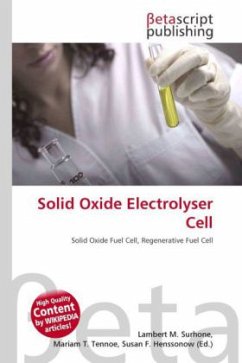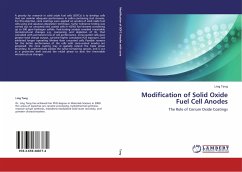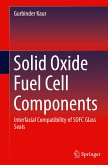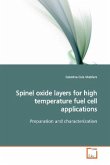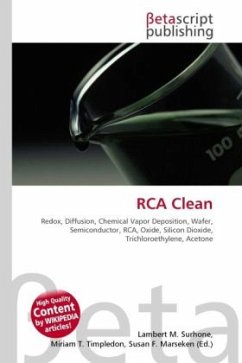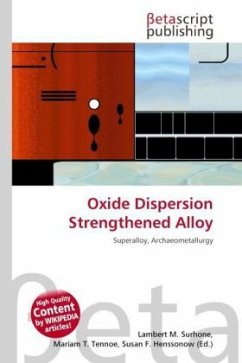High Quality Content by WIKIPEDIA articles! A solid oxide electrolyser cell (SOEC) is a solid oxide fuel cell set in regenerative mode for the electrolysis of water with a solid oxide, or ceramic, electrolyte to produce oxygen and hydrogen gas. Solid oxide electrolyser cells operate at temperatures for high-temperature electrolysis, typically between 500 and 850°C similar to SOFC. Advantages of this class of regenerative fuel cells include high efficiencies, long term stability, fuel flexibility, low emissions, and cost. The largest disadvantage is the high operating temperature which results in longer start up times and mechanical/chemical compatibility issues. Electrolysis of water is increasingly endothermic with temperature, electricity demand is reduced because the joule heat of an electrolysis cell is utilized in the water splitting process at high temperature. Research is ongoing to add heat from external heat sources such as concentrating solar thermal collectors, and geothermal sources. By definition, the process of any fuel cell could be reversed.
Bitte wählen Sie Ihr Anliegen aus.
Rechnungen
Retourenschein anfordern
Bestellstatus
Storno

